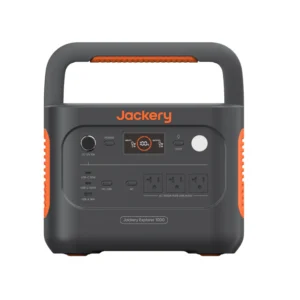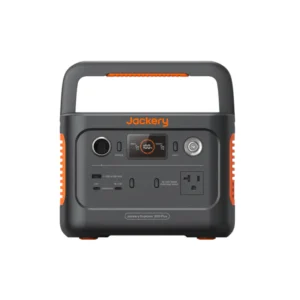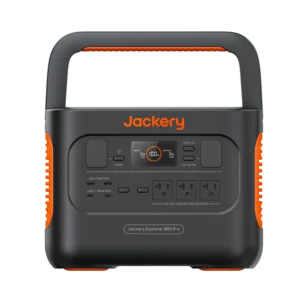
ZERO BREEZE Mark 3 Beating the Heat and Save Your Summer
ZERO BREEZE Mark 3 Beating the Heat and Save Your
Things that are good to have is a
Things that is nice to have is
You can check out this link to find out more things you might bring and how much power they need
When buying a portable power station, it’s important to consider your power needs. How the portability is and the features that will make it a useful and reliable tool for your adventures or emergencies.
Here are the key things to look for:
The two main types of battery chemistries used in portable power stations are Lithium-ion (Li-ion) and Lithium Iron Phosphate (LiFePO4).
By considering the battery chemistry along with other factors like capacity, output, and portability, you can find the power station that best fits your needs, whether you’re looking for something lightweight and affordable or durable and long-lasting.

ZERO BREEZE Mark 3 Beating the Heat and Save Your

3 Power Stations that will make your time outdoors more

Jackery Explorer 600 Plus – Unleash Your Outdoor Adventures Unmatched

Jackery Explorer 1000 V2 Introducing the Jackery Explorer 1000 V2

Jackery Explorer 300 Pro Portable Power Station Are you ready

Jackery Explorer 880 Pro Portable Power Station Are you ready